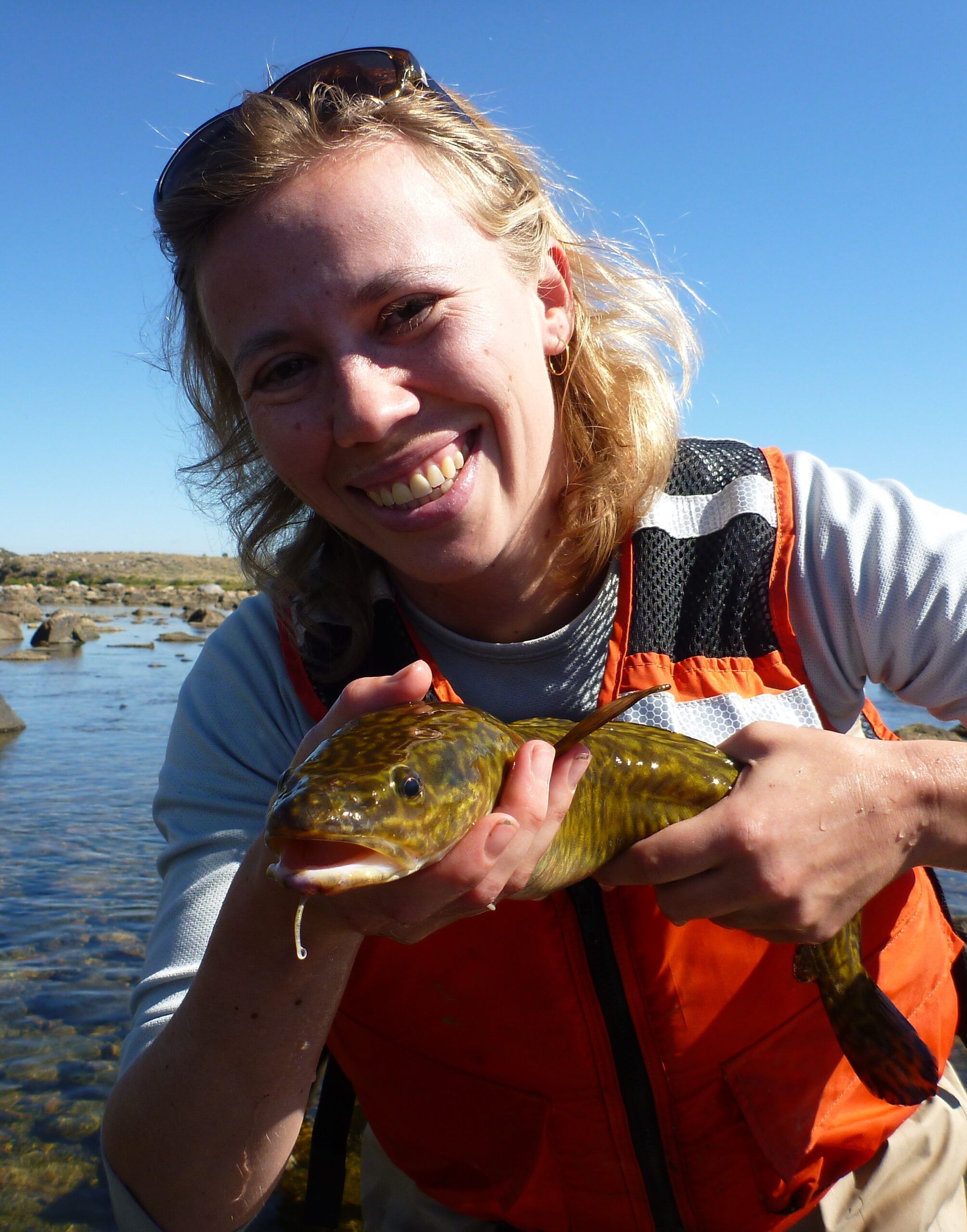The interactive effects of top down (fish) and bottom up (nutrients) controls on aquatic biodiversity are poorly understood, particularly in alpine lake environments. Alpine lakes are generally nutrient poor, young ecosystems that post-date the retreat of Pleistocene glaciers. To support a recreational fishery, fish, primarily salmonids, were introduced to hundreds of alpine lakes in Wyoming’s Wind River Range, starting in the nineteenth century and continuing in some places until today. Furthermore, a wind-driven phosphorus (P) gradient across the mountain range leads to variation in bottom-up nutrient supply to these ecosystems.
Annika Walters in collaboration with Katie Wagner and Amy Krist are using this natural and human-caused “experiment” to study the top-down and bottom-up controls on ecological community assembly in alpine lake ecosystems. The two major current research objectives are:
- Evaluating species diversity and community assembly along a P nutrient gradient.
- Evaluating effects of fish on the zooplankton community.
Contact
Annika Walters, Assistant Unit Leader
Fisheries / Assistant Professor
Department of Zoology and Physiology
Wyoming Cooperative Fish & Wildlife Research Unit
Dept. 3166, 1000 E. University Avenue
Laramie, WY 82070
annika.walters@uwyo.edu
office: (307)766 5473
Project Lead
Annika Walters: Annika has been the Assistant Unit Leader for Fisheries at the WY coop unit since 2011. She is an applied aquatic ecologist with research interests in population and community ecology, fisheries, and conservation biology. MORE »




